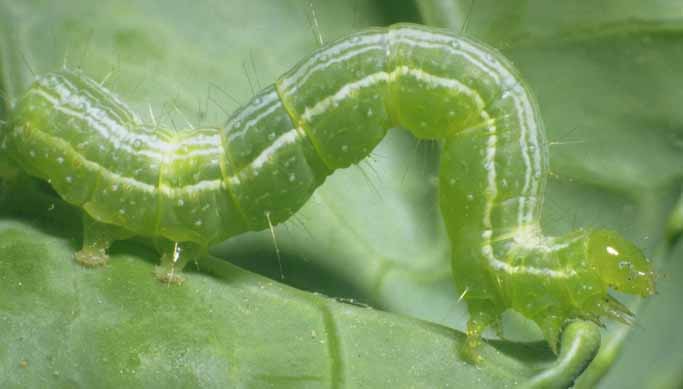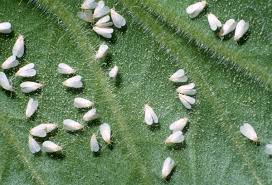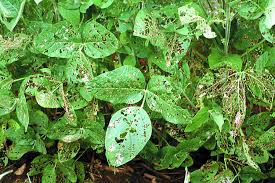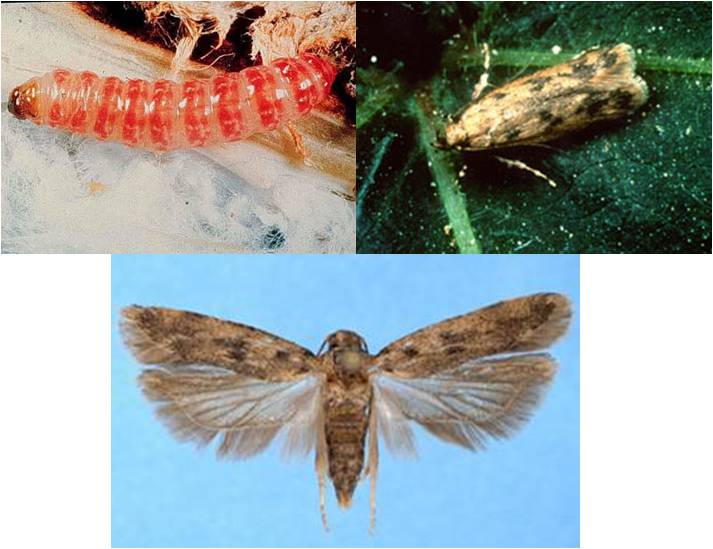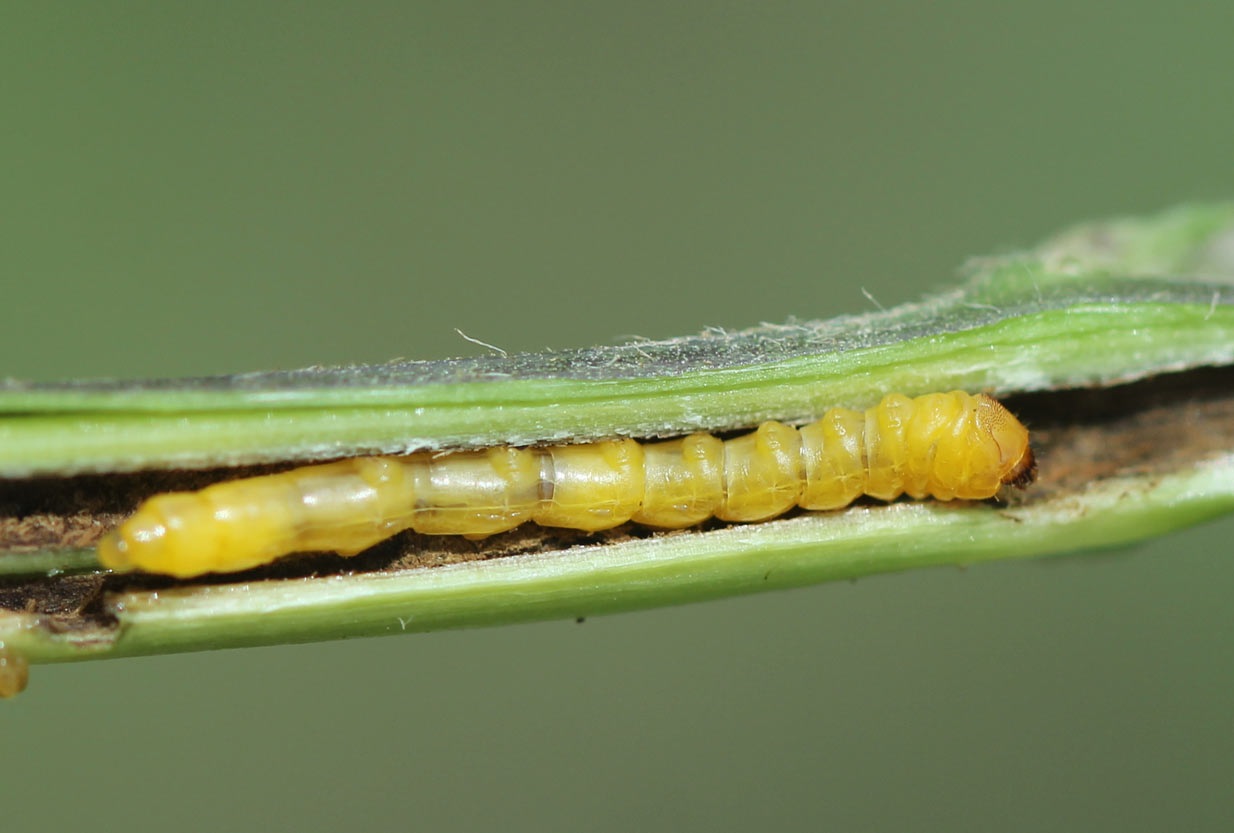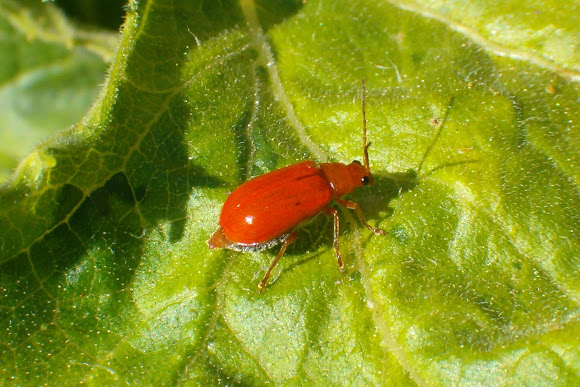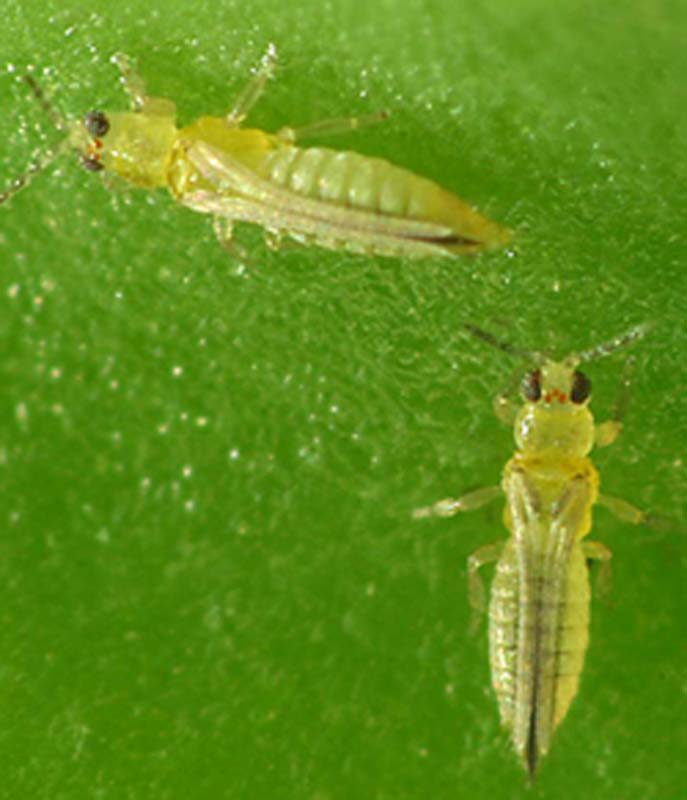Integrated Management of Pink Bollworm in Cotton:-
- Terminate cotton crop by December – mid January.
- Do not store infected or stained cotton in house / godowns.
- Crop rotation should be followed to break the life cycle of pink bollworm.
- Install pheromone traps @5/ha, after 45 days of sowing for monitoring month activity of pink bollworm larvae within flower.
- At boll formation stage, farmers are advised to inspect presence and damage of pink bollworm by plucking 20 green bolls from different plants randomly.
- picking of clean and infected cotton may be carried out separately clean cotton may be stored or marketed. Infected cotton should be destroyed.
- One spray of neem seed kernek extract 5%+neem oil 5 ml/lit. may be taken up at 60 days after sowing.
Table:- Insecticide suggested for Pink Bollworm Management
| Month |
Insecticide |
Dose per 10 Litre of Water* |
| September |
Quinalphos 25 EC
Thiodicarb 75 WP |
20 ml
20 gm |
| October |
Chlorpyriphos 20 EC
Thiodicarb 75 WP |
25 ml
20 gm |
| November |
Fenvalerate 20 EC
Cypermethrin 25 EC |
10 ml
10 ml |
Like and share with other farmers by clicking on button below
Share

